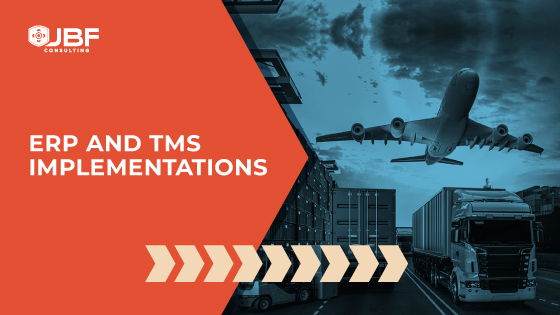
ERP implementations are notoriously difficult to tackle. The list of failed projects is long and makes for entertaining, if lurid, reading: The Biggest ERP Failures of All Time, Eric Kimberling and ERP disaster zone: The mostly costly failures of the past decade, Lindsay Clark.
While TMS implementations may not be at the same level of complexity (and certainly don’t garner as much attention) as ERPs, there are many similarities that can be drawn between the two.
A study conducted by the Panorama Consulting Group, The 2020 ERP Report, found that of responding organizations that conducted an ERP implementation, 79% rated process change as being very difficult or difficult compared to 66% for organizational change and 34% for technical change. The most well-intentioned new technology won’t overcome people’s resistance to change.
Based on our experience, the same holds true for TMS implementations.
Software vendors will be quick to vaunt the ease of integration of their software. Especially with hosted systems, the technical aspects of integration are getting easier and quicker.
However, the real difficulty lies in changing the well-entrenched processes and company culture that legacy systems have created. It is not something often considered by software vendors when they quote their implementation times.
One workaround is to have the new system replicate the functionality of the old system. While this may minimize the need for process change, more often than not it also minimizes the impact of the new TMS. This is one reason why many TMS implementations do not achieve the expected benefits that justified the project in the first place.
For example, during a recent project, the client was adamant about having the Shipment Expected Delivery date provided via the ERP system because “this is how we’ve always done it.”
In a way, this neutered the ability for the Customer Service function to take advantage of the new TMS and provide a richer response such as where the shipment currently was and if there had been any delays in transportation thus far (we are simplifying the situation here for the sake of brevity).
In conclusion, be weary of TMS software vendors and others promising quick implementation times. They may not be considering all the work that will have to be done in terms of process and organizational changes. Using an independent third-party services firm can help alleviate this issue. However, heed the advice of the vendors and consultants when considering the use of the new software’s functionalities.
If you want to make full use of the TMS capabilities, you may have to make some difficult process changes. The benefit can far outweigh the effort in the long run.
Just make sure the project schedule leaves enough time and resources to properly tackle this challenging aspect.
Founded in 2003, JBF Consulting is a supply chain execution strategy and systems integrator to logistics-intensive companies of every size and any industry. Our background and deep experience in the field of packaged logistics technology implementation positions us as industry leaders whose craftsmanship exceeds our client expectations. We expedite the transformation of supply chains through logistics & technology strategy, packaged & bespoke software implementation, and analytics & optimization. For more information, visit us at www.jbf-consulting.com

